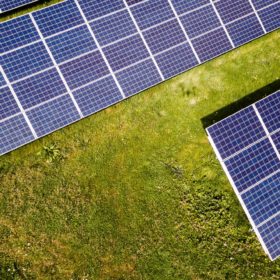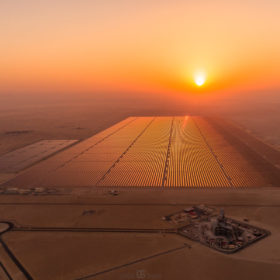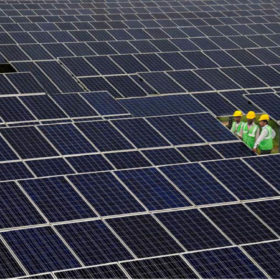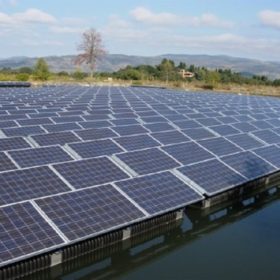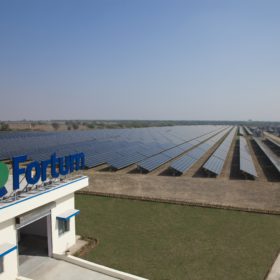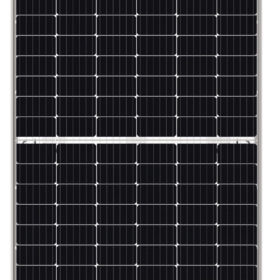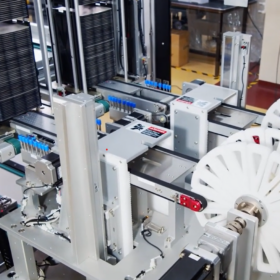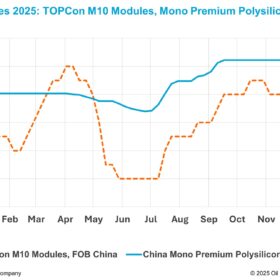New renewables cheaper than legacy coal or gas for almost half the world’s population
Electricity bill payers in nations as diverse as China, India, Germany, and Greece should be aware new solar projects can now generate electricity cheaper for them than legacy coal and gas-fired plants.
NTPC doubles its 2032 renewable energy target to 60 GW
The coal-dominated power producer is shifting towards renewables as part of its commitment towards sustainable power generation and safeguarding the environment. It is also undertaking extensive study and experimentations in the areas of carbon capture and hydrogen.
‘Low-cost renewable hydrogen may already be in reach’
If the three record-busting low solar price tariffs recorded in the Middle East in the past 18 months are to be believed, renewables-powered hydrogen in prime sites in the region could already compete with gas-plus-CCS production, according to IRENA. Has the Gulf discovered the new petrol?
Open-access solar faces regulatory headwinds amid favorable PPA demand
The overall open access charges in case of third-party sale of solar power have increased over a period of time. These vary widely across the key states ranging between INR 2-5 per unit.
NTPC seeks offtakers for 735 MW Nokh solar project
Applications are invited for procurement of power generated from NTPC’s 735 MW solar power project in Nokh, Rajasthan. To qualify, the applicant must have a sanctioned load greater than 2 MW.
NHPC tenders 50 MW floating solar EPC in Kerala
Bidders have until August 5 to lodge their interest in engineering, procurement, and construction of the 50 MW grid-interactive floating solar capacity in the Kollam district. The successful bidder shall also provide comprehensive operation and maintenance of the plant for ten years.
India added 1.2 GW of renewables during Covid-hit April and May
The nation installed 1 GW of solar power capacity and 0.2 GW wind during the pandemic-hit first two months of the current fiscal. The cumulative addition was double that of the same period during the previous year.
Now Acme gets Brookfield for a 450 MWp solar project in Rajasthan
After raising equity investment for a 250 MW project, the Indian developer has signed a deal with Brookfield Renewable to develop a 450 MW solar project in Rajasthan.
Fortum to sell off 500 MW of India solar assets to Actis
The Finnish clean energy company, which works primarily on a build-operate-transfer model in India, has signed the agreement to divest its 250 MW solar plant in Karnataka and 250 MW in Rajasthan to UK investor Actis. The transaction is valued at approximately EUR 280 million and will enable Fortum to invest in building new projects.
JinkoSolar, Longi, JA Solar claim 182mm modules offer lowest LCOE for utility scale solar
In a white paper, the three Chinese module manufacturers have reiterated the well-known refrain “bigger is not always better.” Experts from the three companies compared the BoS costs of 182mm-wafer-based modules and 210mm products, and found that the former have a slight advantage in racking, foundation, and land costs.
